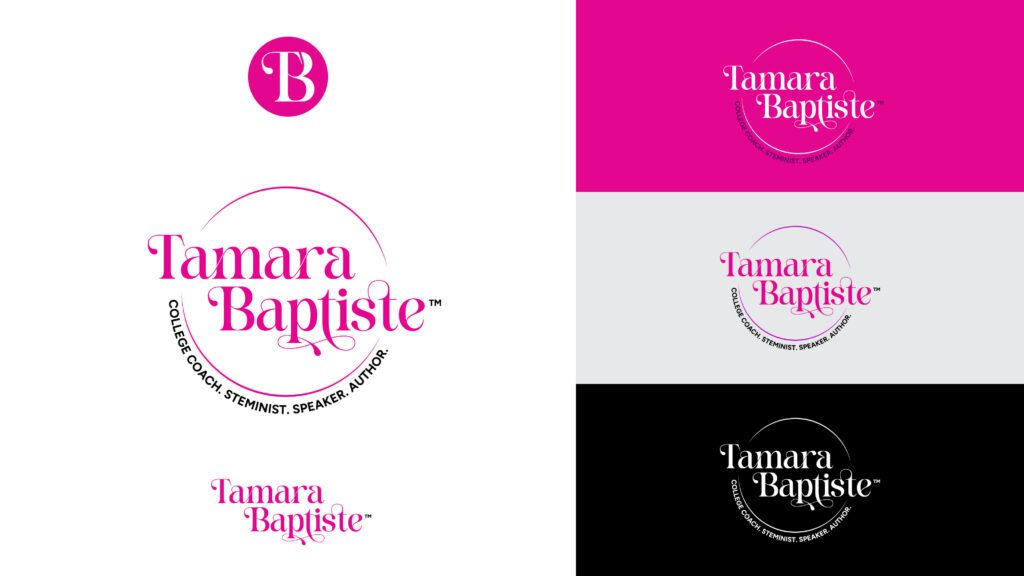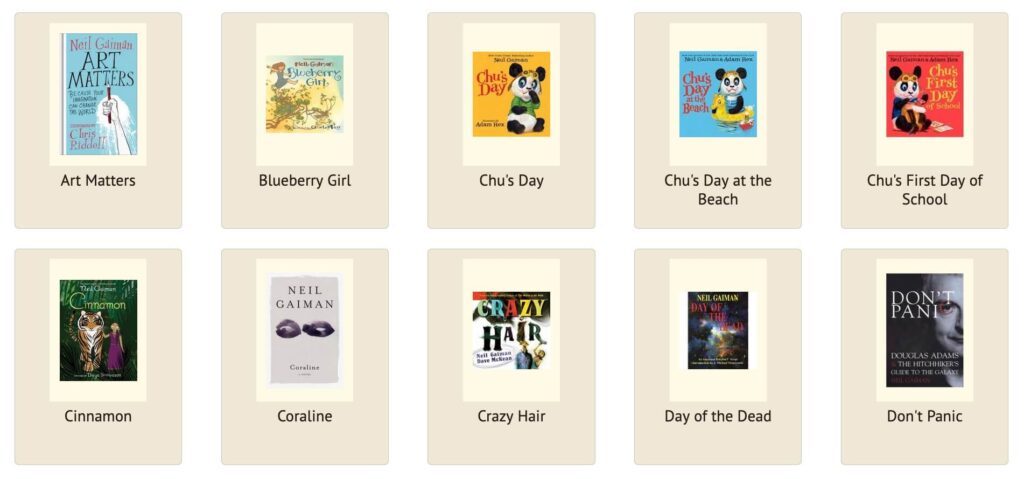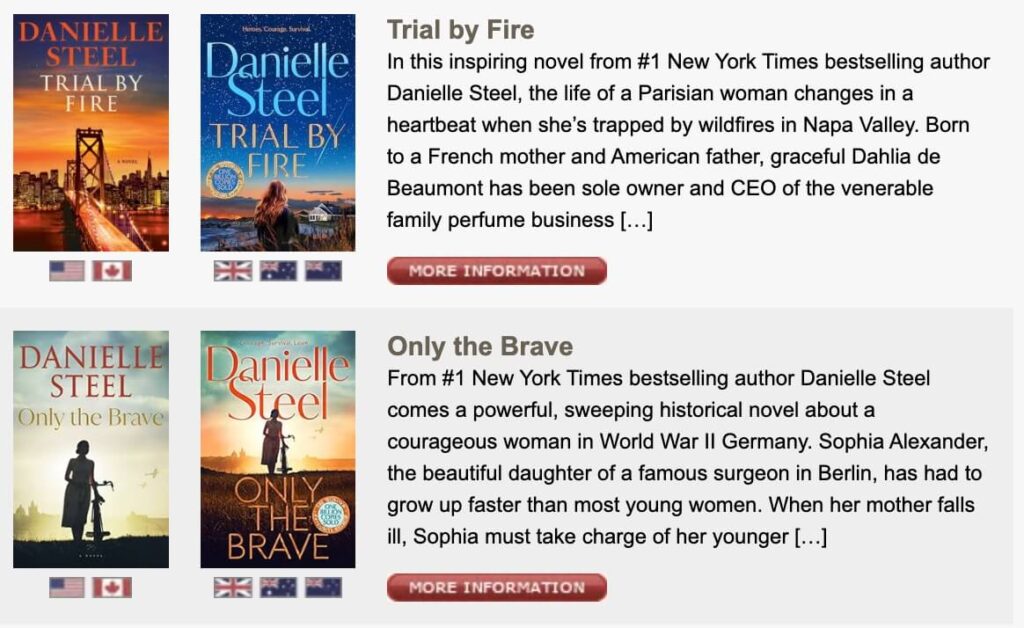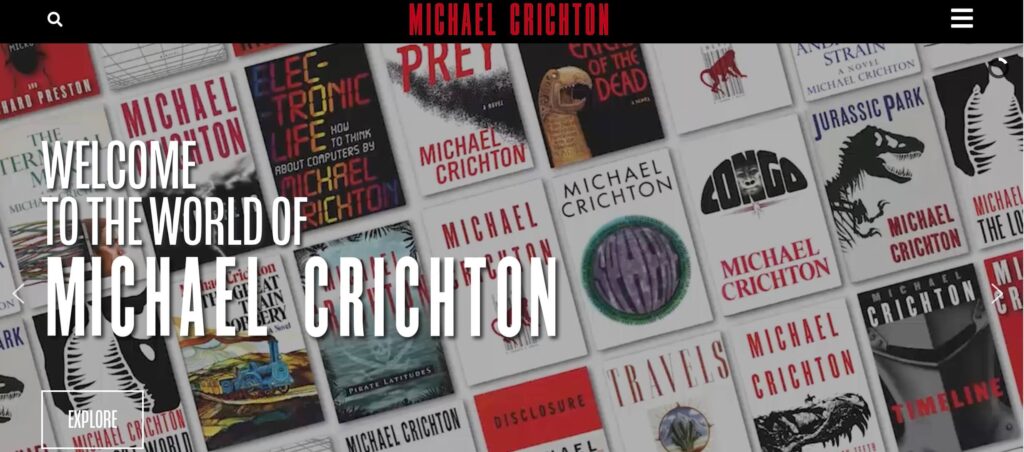Branding for Authors: How to Build a Powerful Author Brand
When it comes to branding, it’s never just about the logo. Branding for authors is no different! Building a powerful author brand takes a combination of creativity, foresight, and a good understanding of the readers. Most importantly, like branding in every other segment, this is going to be a marathon, not a sprint.

With platforms like Amazon KDP making self-publishing more accessible than ever, the competition has skyrocketed. In such a scenario, writing a great book is just part of the journey. To stand among countless titles in the physical and digital shelves, an author needs to hone their marketing skills as well. They need to give serious thought to building their personal brand.
So if you are an author wondering how to navigate the competitive landscape or a marketer working on polishing an author’s brand, then you are in the right place. Today, we’re exploring the why and how of branding for authors.
Let’s get started, shall we?
What is an Author Brand – And Why Every Writer Needs One
So, what exactly is an author brand? It is as unique as your fingerprint. It is that which makes you irreplaceable in a crowded market. No branding is not just for product and service-based companies. And branding is not just about a fancy logo or even a catchy tagline.
An author brand is a unique identity you create with your writing as the foundational block with your public persona, the way you connect with your readers, and the vibe you set. In other words, it is what people think of you or feel about your books the moment they spot them on a bookshelf.
Take J.K. Rowling, for example. Her name alone conjures images of magical worlds, Hogwarts, and epic storytelling. That’s the kind of unique identity we are talking about when it comes to branding for authors.
But why does this matter so much? Can you just write a great book, slap a stunning book cover on it, and call it a day? No! Here’s why:
There’s a sea of books to stand out from
The publishing world is more crowded than ever. UNESCO estimates that over 2.2 million books are published annually. So, your book is competing among millions of titles.
That staggering number alone underscores why standing out is important, why an authentic author brand is non-negotiable.
Build credibility
Not all authors get noticed. People end up picking books from authors they know, most importantly, authors they trust. A strong, distinct brand consistently represented across diverse channels signals professionalism and credibility.
Create room for growth
Finally, strong branding for authors helps create an identity that’s scalable. This way, when you expand your portfolio, when you venture into new genres in the future, you will still not lose your readers.
Take Neil Gaiman, for example. His work spans genres like comedy to horror, and fantasy. While his works look different on the surface, his strong author brand is what ties them all together.
Branding for Authors: 7 Useful Strategies & Tips
1. Create a strong visual identity
Like any other brand, every author brand begins with a strong visual identity. You may not use a traditional logo like one with a logomark or imagery, but you should definitely have a signature visual style.
This can be in the form of author name styling. Some authors like Agatha Christie and Enid Blyton are known to use their signatures as their distinct brand identifiers. The moment you catch a glimpse of their signature, you know you are picking one of your favorite books, no matter the publication and cover design.
Similarly, create a distinct name styling that can be used to imprint every single book of yours, whether it is a physical or digital copy.
Creating a distinct name logo with a monogram helps! This can be a strong first step to making your brand memorable.

In addition to the logo, identify colors to represent your brand. While brands in other niches might benefit from monochromatic palettes, authors can choose a combination of 2-4 colors to effectively capture the tone and genre.
Typography – think of the enigmatic vintage typefaces you see on books in the Harry Potter collection by J.K. Rowling or the signature bold serif typefaces you see on Stephen King’s works. Even if you don’t commit to a single font, define the vibe:
- Clean and modern?
- Mysterious and retro?
- Whimsical and hand-drawn?
Finally, the visual style. This is what pulls all your visual elements together. For instance, take Colleen Hoover’s visual identity. Her books are known for their signature text overlay style with minimalist designs and romantic imagery (like flowers or soft landscapes) and simple color palettes. Her visual style feels intimate yet bold, mirroring the heartfelt intensity of her novels.
2. Define what sets you apart
Branding for authors feels incomplete if you do not define what sets you apart – the unique value you offer. Are you all about heart-warming romance novels or perhaps nail-biting thrillers? Or are your books focused on the self-help genre? Define your genre and what’s unique about your books when compared to other books in the same genre.
Take Andy Weir, for instance. His science fiction novels are particularly popular for this sharp, witty style of writing. He has managed to build a strong brand around this unique tone of storytelling. Go to his X page and you’ll see what we mean! Here’s a post, for instance:
By consistently showcasing his witty tone across his books and online presence, Weir has carved out a distinct author brand that resonates with his audience. This shows how even in the way you converse with and engage with your audience, you are shaping your author brand.
Similarly, identify what sets you apart and build your author brand around it. Be it your storytelling style, a recurring theme, or a unique perspective on your genre, lean into what makes your work unmistakably yours.
3. Know your readers
Branding for authors is about creating an identity that bridges the gap between authors and their readers. So, this does not work without a proper understanding of who the readers are!
Take Danielle Steel, for example. Her books often feature strong female protagonists navigating challenges in various walks of life. Hence, her readers are mostly women looking for empowering stories, stories that resonate with them.
Similarly, defining who you are talking to makes it easier to craft a strong author brand and stay consistent with how your brand is represented.
So, once you know who your readers are, know what they are looking for in the books they read. Are they seeking validation? Or perhaps an escape from reality? Understanding these nuances helps build a visual identity and brand that naturally connects with them.
Dive into book communities or beta reader feedback to understand preferences. Based on the gathered information, create a reader persona. This helps you create websites and book covers that feel like home to these readers.
4. Establish a strong digital presence, starting with a website
So now you have a logo, typographic details, and a visual style. You also know what makes your work unique and who your readers are. With all this information, begin sculpting your online presence. Of course, that begins with a website that speaks on your behalf. This often becomes the first virtual handshake you make with readers who wish to dig a little deeper and get to know you and your books a little more.
Until now, we have been talking about readers mostly, but there is one other area for authors to focus on – publishers and media. To win the trust of reputed publishing companies and thus establish a robust platform for your works, as well as to attract media coverage to strengthen your brand, you need a strong website.
Since websites are essential elements in branding for authors, how do you make them exceptional?
- Focus on clear and informative About pages. It should focus on your writing journey and where it started, and what motivates you to write. In short, it should effectively capture your passion for your writing, your passion for your niche.
- Include a Books section to showcase your vast portfolio, including links to purchase them.
- Do not forget about the Blog section. From posting updates about upcoming books to sharing engaging discussions, blogs can be used in so many ways. Besides, they help boost your website’s SEO as well.
KIMP Tip: Build from a strong opening frame – a stunning homepage for your website. The hero image can be a professional photograph featuring you with your books or updates about recent bestsellers. Also include an exit pop-up with a newsletter sign-up form. This helps you convert visiting readers into engaged fans.
For example, here’s a snapshot of Michael Crichton’s website featuring his vast collection.
5. Make the most of social media
Social media is one of the most underrated and yet one of the most effective tools in branding for authors. This is a place where you can start establishing a proper two-way communication channel with your readers.
The hashtag #bookstagram has more than 97 million posts on Instagram, and #BookTok on TikTok has over 100 billion views. All of these indicate that people love discussing books and sharing their favorite book recommendations on social media. Naturally, this is one channel an author cannot ignore. A strong social media presence means a better reach for your author brand.
Remember, for social media to work well in branding for authors, it should not be merely a channel for promoting your book launch or discussing your book’s sales figures. While these data help, social media for an author brand should be more about showing your readers who you are beyond the pages.
It should be about building relationships with your readers, creating a space where your unique voice becomes a vital part of your brand.
Authors like Stephen King are known for their active social media presence. Here’s a post where he discusses a movie that impressed him.
The Witch scared the hell out of me. And it's a real movie, tense and thought-provoking as well as visceral.
— Stephen King (@StephenKing) February 16, 2016
Posts like these discussing other authors and their works help strengthen your network in the writers’ community and also appeal to a wider group of audience.
KIMP Tip: In addition to posting regularly and posting authentic content, make it a point to track and respond to comments. Use social media as a space to grasp the pulse of your audience and understand their opinions about your works, about your brand.
6. Focus on your book cover designs
Your book cover is often where your author brand shines because it is what acts as the first touchpoint with your readers. Poorly designed book covers often undermine your author brand.
If you are a self-published author, you have the freedom to craft your own book cover. In such cases, make the most of the situation and create covers that reflect your brand identity.
On the other hand, traditional authors whose book covers might be designed or tweaked by publishers have the power to influence these designs by creating a strong brand upfront.
Take Isaac Asimov’s books, for instance. With his books spanning multiple decades, you’ll find diverse cover designs for the same books depending on the publication. However, given his strong brand and magnetic presence in the segment, most of his book covers include consistent elements like futuristic themes, minimalistic yet bold typography, tech-focused design elements, and more. This shows that robust branding for authors results in a memorable visual identity that stands the test of time.
7. Assess your competition
This is an important step in branding for authors because the author brand of other writers in the same niche often shapes the perception of your audience. It shapes their expectations. So it’s important to understand the brands of other authors, particularly those within your genre, with similar themes and writing styles.
Analyze their visual identity, website, and social media presence. Is there a strong personality that defines them? How do readers connect with this personality? See what works and what doesn’t. These can be valuable insights when working on your own author brand.
- Look for reader sentiments on platforms like Goodreads, reviews on their books, and other online forums to grasp unique cues about what strikes the right chords with your readers.
- Scour through social media platforms to see how competitors connect with readers.
This research on your competition helps you identify gaps you can fill and author brand mistakes to avoid as well.
Give Your Author Brand a Glow-Up With KIMP
To conclude, it takes slow, steady, and consistent steps to create an author brand that stands out. Working with professional designers makes this much more convenient. When you have a dedicated team of designers working on your brand designs, you can focus on writing while the designers take care of your branding designs and promotional graphics for you.
Ready to create an author brand that resonates with your readers? Get KIMP!




